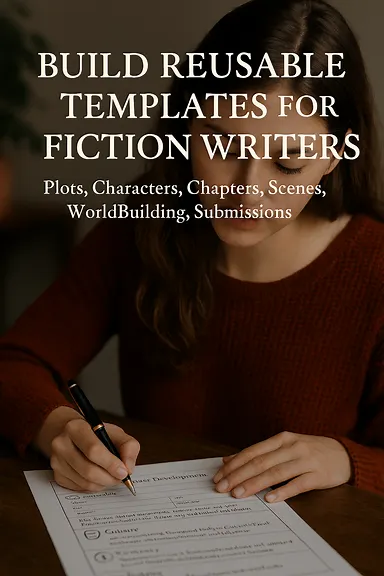The Best Planning Tool You’re Not Using
- C. L. Nichols

- 3 days ago
- 2 min read
The One-Sentence Summary Trick

A one-sentence summary is a lighthouse. It points your story in the right direction before you set sail.
Start with a focused sentence to make the difference between a strong narrative and a meandering draft.
The one-sentence summary tells what your story is really about. It includes who the story is about, what they want, what’s in the way, and why it matters.
“A teenage girl discovers her missing father’s coded journal and risks everything to follow his trail across a ruined city.”
That’s the full story in one line. You’ve got character, motivation, stakes, and setting, all in 21 words.
Avoid the common trap of writing aimless pages. When you’re unsure what happens next, go back to your one-sentence summary.
Does the scene drive the plot? Does it lead to your character’s goal? If not, it needs reworking or cutting.
At different stages:
Early Drafting. Write three versions of your summary. Keep one broad, one focused on character, and one with strong stakes. Compare them. Which is clearest? Use that version.
Scene Planning. Before each chapter or scene, look at your summary. If your story is about a character chasing truth, every major scene should push that search forward.
Revisions. Use the sentence as a measuring stick. If your ending doesn’t answer the question raised in that sentence, the arc needs to be tightened.
“An outcast witch must win the trust of the villagers who once feared her to stop a curse only she understands.”
“A scientist wakes up in a parallel world where his research has reshaped society, but not in the way he hoped.”
“Two rivals stuck in a haunted house must solve a decades-old mystery before sunrise, or be trapped forever.”
Each summary gives a strong sense of genre, tone, and story arc. These sentences aren’t poetic, they’re functional. They help stay on message when your characters try to wander off.
Name your protagonist, define their central goal, and show what’s at stake.
Skip vague summaries like “This is a story about growth.” Instead, “A grieving musician enters a mysterious competition that forces him to face the truth about his past.” Your story has legs.
Write your one-sentence summary before you write anything else. Keep it taped to your screen, notebook, or storyboard. Refer back as you build each scene. It works.



Comments